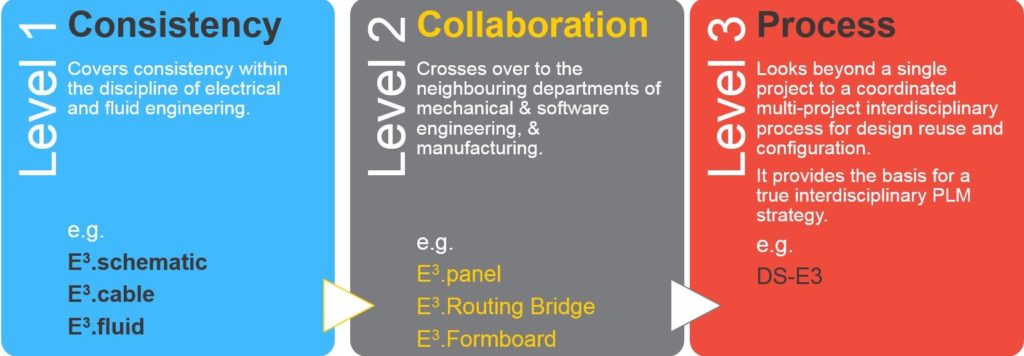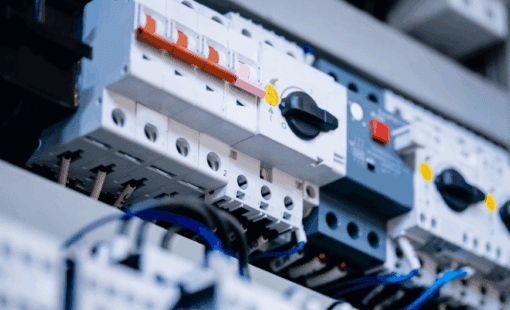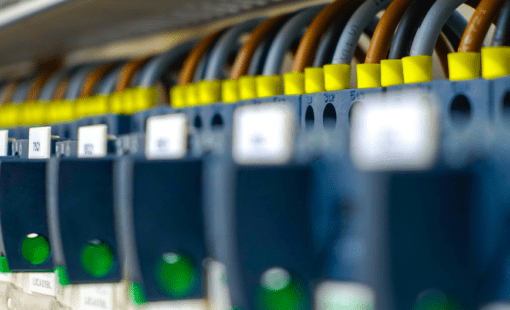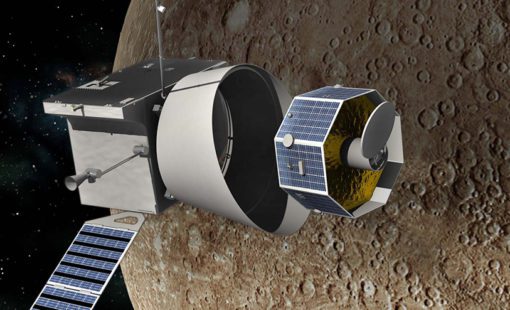Feeling a bit dazed by the multitude of electrical applications available to you?
With Zuken’s E3.series containing a host of products including E³.schematic, E³.fluid, E³.cable, E³.formboard, E³.panel, E³.RoutingBridge, E³.PLCBridge and E³.Wiring Diagram Generator, you may feel overwhelmed on your first approach. Well, you’ve got nothing to worry about! I’ll walk you through and provide you with a guide to figuring it all out.
Complexity of the design process
The growing number of E³.series applications and options reflects the growing complexity of the electrical engineering process itself. The engineering process has become increasingly concurrent: activities that once were performed one after another can now be carried out simultaneously. In a certain sense, with its object-oriented architecture that enables parallel development of schematic planning, fluid cable planning, and even cabinet and harness layout, E³.series was one of the first engineering software products to fully embrace the trend of concurrent engineering.
But the concurrent approach obviously does not stop at the doors of the electrical engineering department: With the growing electronic content of today’s products comes the need to exchange information with mechanical engineering to explore such things as the best position of control units, establish wire lengths, position cable channels and calculate available diameters for wire bundles. These capabilities are provided by E³.series extensions such as E³.RoutingBridge or E³.PLCBridge. The first enables exchange of schematic and connection information with the MCAD world, and the latter supports parallel development of electrical, fluid engineering and PLC software. And finally, with applications like E³.ExportToKomax, E3.reports and E³.panel+ you can generate comprehensive outputs for NC machining, wire cutting and labelling and shop-floor instructions.
Managing design data
But what about PLM – where does that come in? The answer is simple – with the increase in productivity enabled through applications like E³.series and the growing number of projects that are carried out in parallel, comes a third dimension: The need to track all design versions, revisions and modifications and make them available to your peers in mechanical engineering, production and assembly. These days this sort of information is frequently referred to as “constituents” in the product development process. What once could be communicated by word of mouth from one desk to another, can no longer be maintained without elaborate data revision and routing mechanisms that make sure everybody’s work is based on up-to-date information. If, in addition, your company is pursuing strategies such as reusing designs and modules or has geographically distributed engineering locations, reliable methods for tracking and documentation of versions, revisions, and changes become vital.
Enter Product Lifecycle Management (PLM)
This is where PLM vendors typically enter the stage with the confident claim to manage everything – the cost of which would quickly be recovered in huge savings through the reduction of errors, acceleration of the time-to-market cycle etc. But be careful, the term “everything” should be examined with great care! Managing “everything” in electrical or electronic engineering often describes “unintelligent”, digitized information that documents your design as it was approved for production – in other words, a simple PDF. “Everything” does not automatically imply that you can query your system to find out in what project component XYZ is used, or what other projects need to be updated if you make a change in a design that has been reused several times in different projects.
That’s why Zuken chose to develop its own domain data management solutions based on the DS-2 platform, such as DS-E3. While our solutions don’t claim to manage EVERYTHING, they do claim to provide detailed, electrically valid query, analysis, and configuration management capabilities for the E³.series electrical and fluid engineering environment, and for the CR-8000 multi-board PCB engineering environment.
What level tool are you looking for?
So next time you are trying to navigate the admittedly comprehensive list of E³.series offerings, you could use this handy reference guide as a starting point:
What level tool are you looking for?
For a full look at everything that’s available in E³.series, just head to the Zuken website, where you can download a comprehensive overview brochure of the main applications and extensions.
See Also:
Related Content

- Products
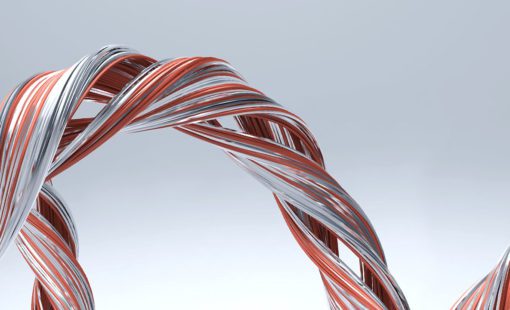
- Products
E3.series is a true concurrent electrical engineering environment supporting advanced requirements for electrical documentation, cabinet and wire harness design and manufacturing outputs.

- Products
DS-CR supports the specific demands of PCB design data management. It combines multi-site library, design data, and configuration management capabilities into a unified engineering environment.

